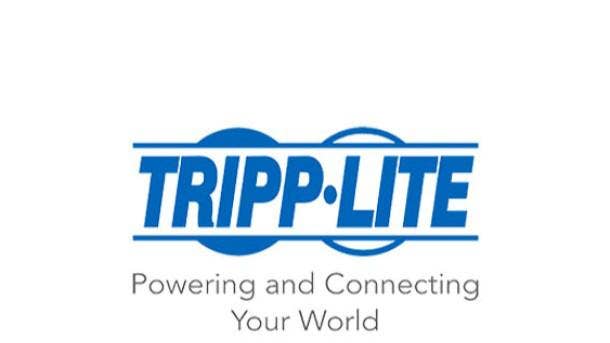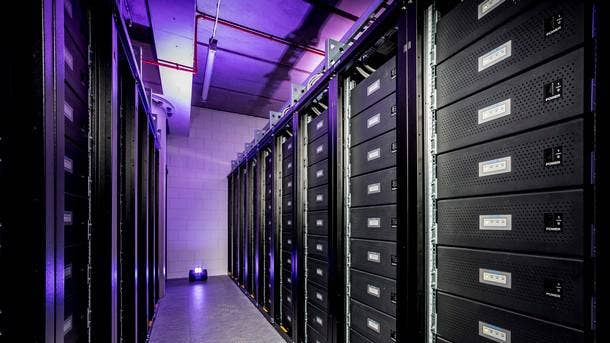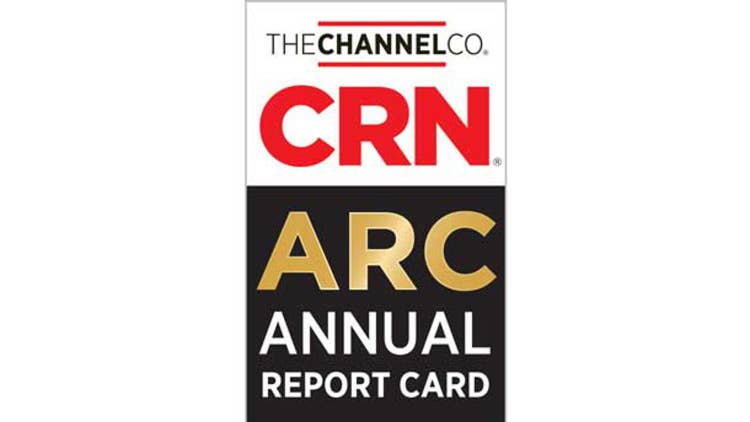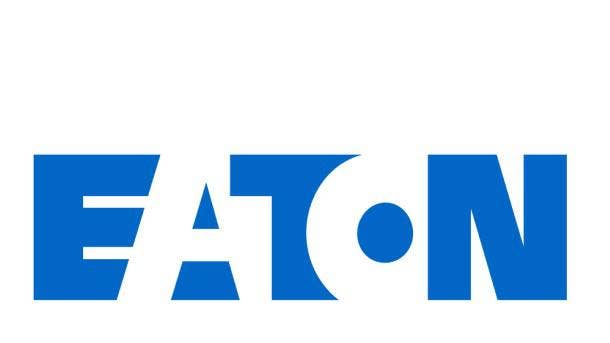How Eaton’s Tripp Lite Buy Will Boost Its Power Market Share: Curtiz Gangi
As Schneider Electric ‘has kept their No. 1 position for a long time -- and some of its been degraded over time -- we’ve become a true position player in this market with the breadth of the portfolio that we have, as well as that share position,’ said Eaton Vice President Curtiz Gangi at XChange+ 2021.
Eaton’s Curtiz Gangi On Power Market Share Takeover
Power management superstar Eaton is looking to win over market share following its blockbuster $1.65 billion acquisition of Tripp Lite earlier this year with big plans in store around technology integration and driving channel partner sales synergies.
“Eaton already had a No. 2 position in power, but with the acquisition of Tripp Lite, it actually almost doubles our share position. So as Schneider [Electric] has kept their No. 1 position for a long time -- and some of its been degraded over time -- we’ve become a true position player in this market with the breadth of the portfolio that we have, as well as that share position,” said Curtiz Gangi (pictured), Eaton’s vice president of U.S. channels for data center sales, in an interview Monday with CRN at XChange+ 2021. “Partners can take note that we’re going to be here for a while, and we’re going to continue to leverage and expand our capabilities to grow that share.”
Tripp Lite was a leading supplier of power and data center infrastructure solutions with a portfolio that includes more than 5,000 products ranging from UPSes and fiber network cables to rack power distribution units and enclosures.
Gangi is a top-notch power expert with nearly three decades of experience in the industry working for the likes of both Eaton and Tripp Lite. In an interview with CRN, Gangi talks about Eaton’s vision for Tripp Lite and why channel partners should be pumped about integrations ahead, as well as the company’s UPS as-a-Service strategy.

How big of a game-changer is it for Eaton and channel partners that Tripp Lite is now under your wing?
The Tripp Lite acquisition adds breadth to our portfolio. It adds expertise in the workspace environment, connectivity environment, and in the power management environment from the data center to edge. So basically what this means is we have an expanded portfolio, more opportunities for partners to add value by adding new solutions in their relationship with their customers. So it gives partners a chance to bring in new things that Eaton hadn’t had before.
One of the things I can highlight is, we really haven’t had a very competitive rack offering, two- or four- post enclosures, and we haven’t had a busway offering whether that be in the data center or even in closets. So I think the real concentration on blending the converged power management solutions with the metals and with the connectivity, and the workspace solution, is a wonder for channel partners for sure.
What else does Tripp Lite add to Eaton? Is there anything new ahead?
At least from our perspective, there’s a strong brand name in there. There’s a great position from a digitization and e-commerce perspective that we didn’t really capitalize on or invest in as much as we were developing our channel over the last 15 years. We’ve been very hands-on with the partners. And I think a lot of that competency that Tripp Lite brings forward to us and their capabilities will help us accelerate our as-a-Service offerings for the customers.
In fact, we’re going to be launching something around edge data center that will hit on that here in the fourth quarter, which is our ability to do custom configurations with the full turnkey solution for partners and allow them to drive the SPEC with that turnkey -- that’s the capability Tripp Lite brings to us that Eaton didn’t have in the past.

How will Tripp Lite help boost Eaton’s market share in the power market?
We’ll talk about just power in general. Eaton already had a No. 2 position in power, but with the acquisition of Tripp Lite, it actually almost doubles our share position. So as Schneider [Electric] has kept their No. 1 position for a long time -- and some of its been degraded over time -- we’ve become a true position player in this market with the breadth of the portfolio that we have, as well as that share position.
Partners can take note that we’re going to be here for a while, and we’re going to continue to leverage and expand our capabilities to grow that share. In fact, our goal is to double [our market share]. We’ll see how we’ll get there, but I think a lot of things that we’re doing around edge, around as-a-service, and managed service offerings that we have in cloud for partners, it will only accelerate that share game. The reality is you’ve seen the market react to the acquisition of Tripp Lite, it’s been very favorable for Eaton. It’s been very favorable for shareholders and our employees.

What’s your message to channel partners regarding the integration of Tripp Lite and Eaton?
I would just say be patient with us. We’re going through this acquisition and we want to do it right. We’re getting partner feedback today which has been very favorable. Obviously, winning [CRN’s Annual Report Card] ARC Award is something else that kind of crescendos all that. But we need to take that forward and make sure we’re putting the right programs in place. We’re putting the right education in place and we’re helping the partners go win with Eaton moving forward like they have in the past.
How does it feel to win CRN’s ARC Award for Power Protection and Management?
Listen, at the end of the day, we swept the category. So between Eaton, who won the overall category in the ARC awards, and Tripp Lite that won some subcategories -- it seems like our partners collectively have recognized this merger of Eaton acquiring Tripp Lite is a good thing for them in the short term.
Obviously, they’re going to want to see what we’re going to do and we’re about to do that in the coming months and into 2022, but certainly the accolades they gave us and the quality of how they responded to give us a full sweep in the new Eaton in the ARC awards has a ton of value.

What is Eaton doing around UPS as-a-Service?
The biggest thing is earlier this year, we launched Brightlayer. That’s an Eaton enterprise initiative where we’re really looking at all of the devices that we have out there in the electrical sector, and how we can get that information, the parametric data, and literally drive what I would call invisible type infrastructure.
What does that mean? That means how do we drive service delivery by leveraging that parametric data and getting ahead -- through preventative maintenance -- of any failures that may occur. That’s with our software platforms IPM [Intelligent Power Manager], VCOM [Visual Capacity Optimization Manager] and VPM [Visual Power Manager] which all have the capability to capture that data of our devices within the network and throughout the data center. And have us then make decisions on when we should go do preventative maintenance. That’s a huge key. Partners are taking that – which is our PredictivePulse insights tool -- and they’re reselling it on a monthly subscription basis. So that’s a cloud-based application that pulls that data and we do service delivery without any human intervention. That, to me, is key.
What should channel partners be doing in this space?
The simple thing for us today is -- and we do leverage distribution for this -- is to come up with that turnkey offering for the partner and give them one subscription price over the life of the warranty. So if it’s a 60-month warranty, we’ll do a monthly charge through distribution for that turnkey solution which would include service and software, as well as the hardware devices. So there’s two options here for us: there’s that PredictivePulse insights tool, as well as looking to sell as-a-service through distribution as one turnkey [solution] with everything built-in. Partners are doing it today. If they’re managed service partners, they’re putting power management as a line item now. And it’s with one price over the life of the warranty of the unit.
I foresee this industry moving into more greenfield, more like your phone system. So if you’re going to deploy UPSes with software and services that are out there in the market, and the customer is going to continue to need those solutions -- we just re-up every three to five years and tie as-a-service to the warranty and the hardware. Those are things were working on.